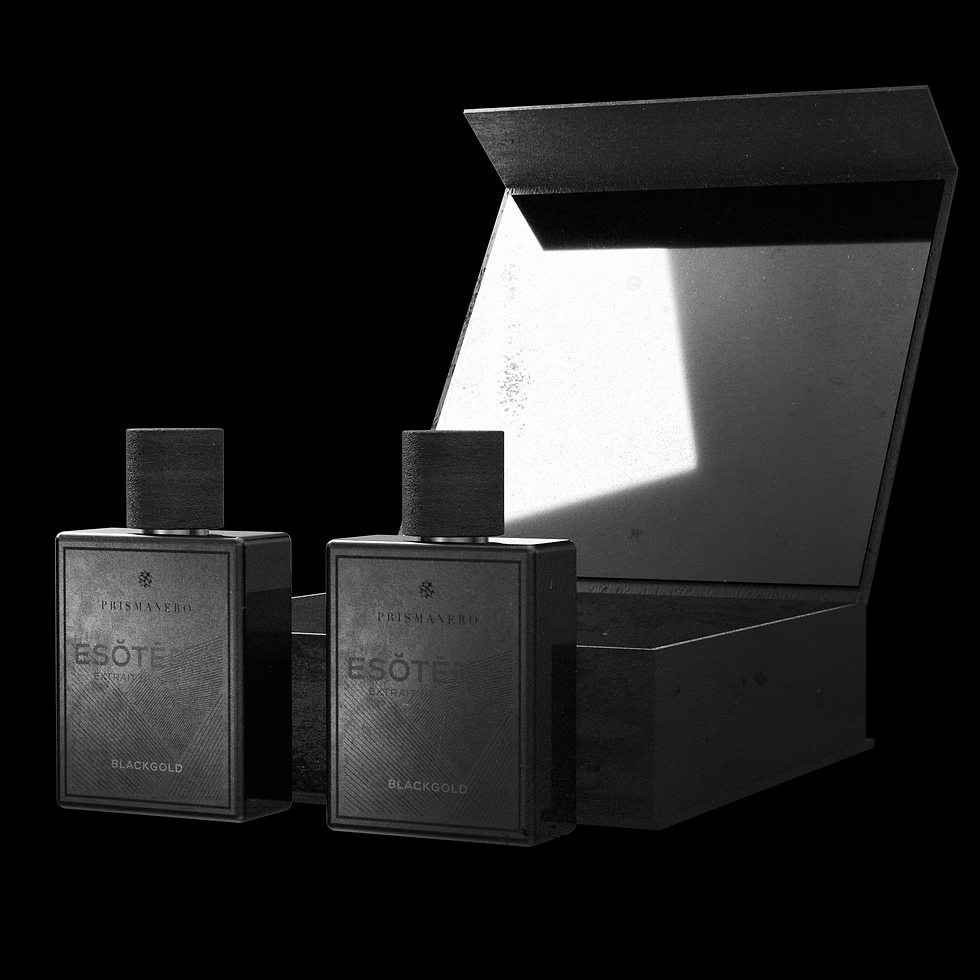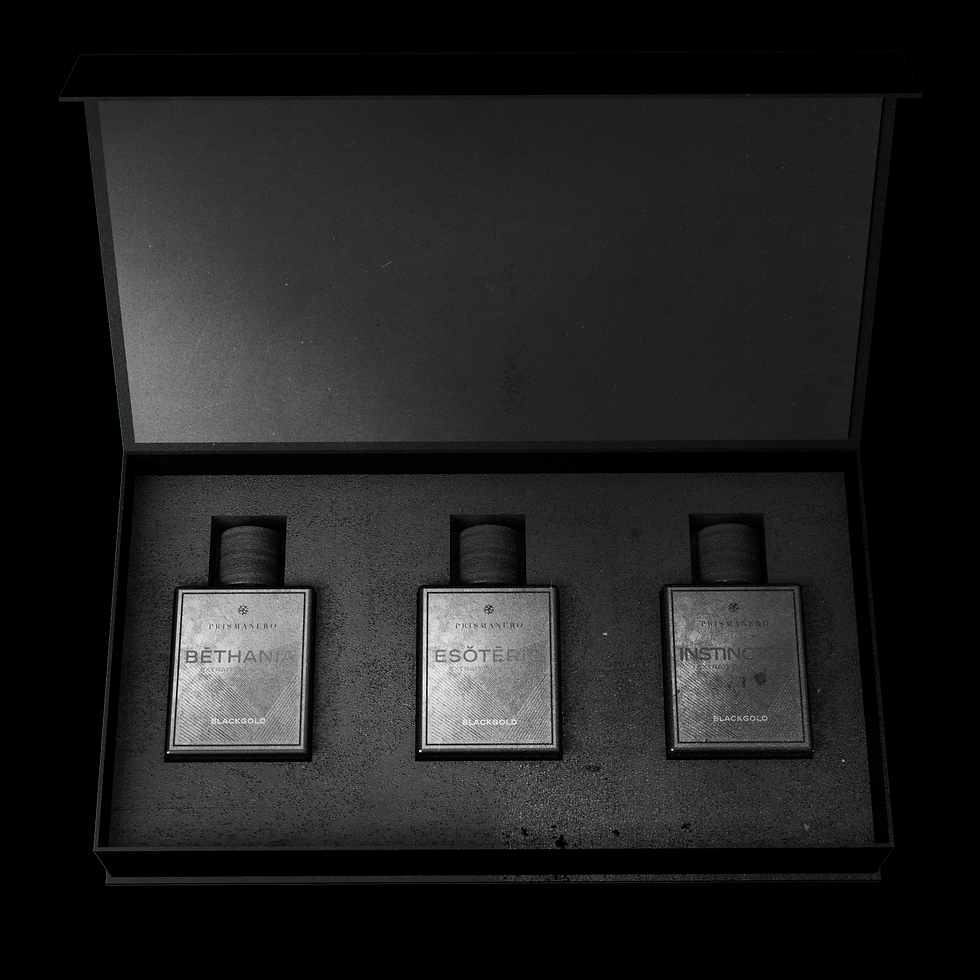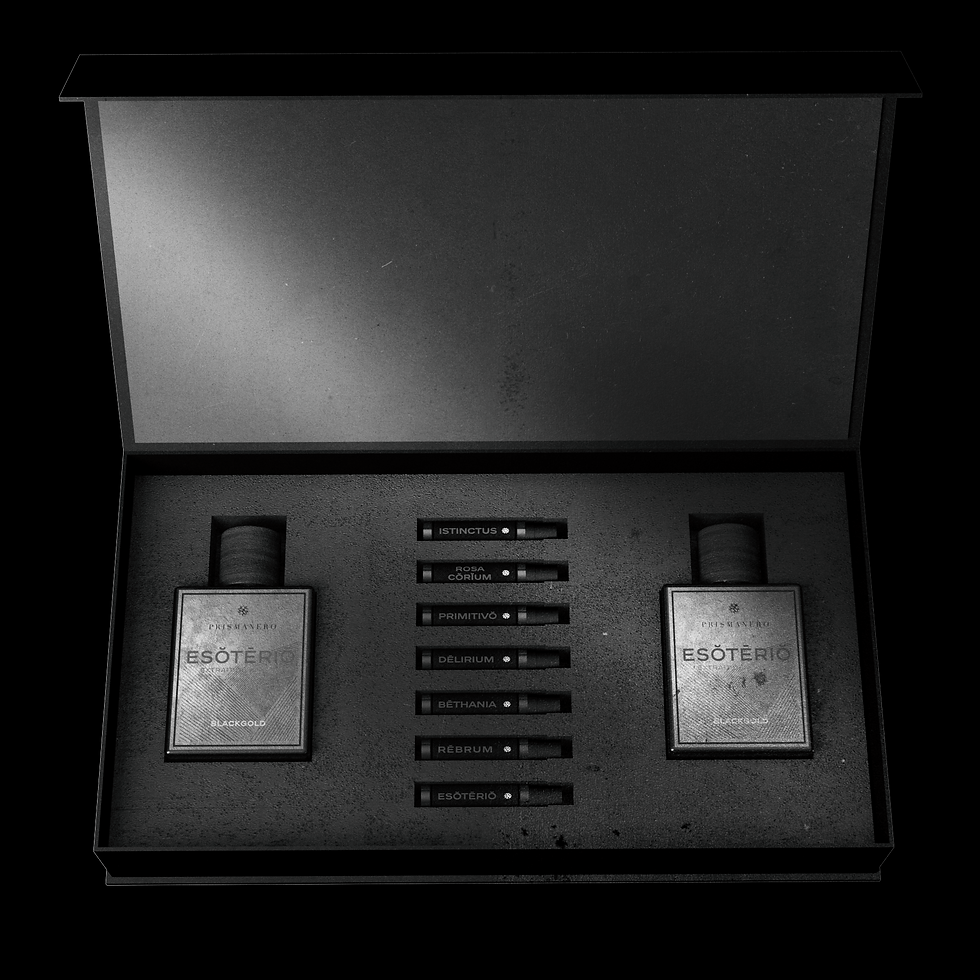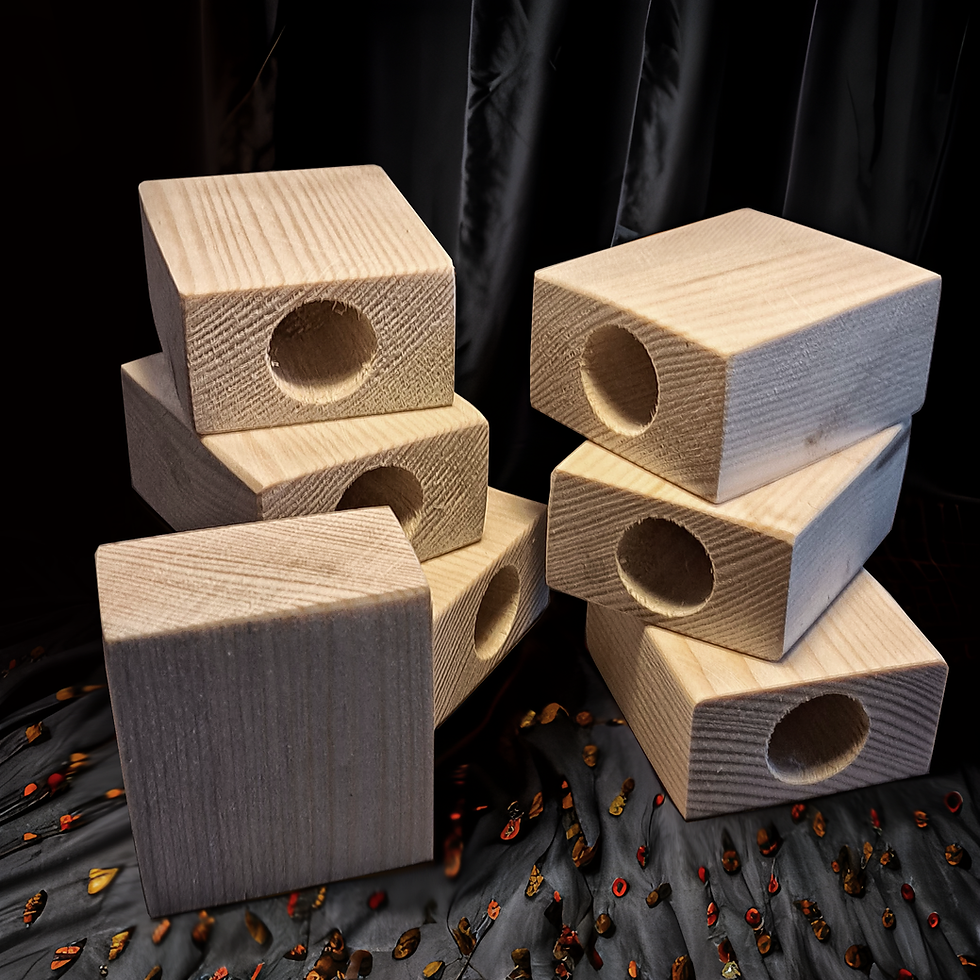
OPAL
The stone you have chosen is Opal. This precious stone has been known and loved since ancient times. Its name could derive from the Greek "Opallios" which means "to see a change of color". Opal is a beautiful stone which, to the eye, presents itself with fascinating light blue, green, blue, yellow, violet, black flashes. It is an optical phenomenon known in gemology as iridescence. The ancient Greeks, in fact, believed that opal was a talisman capable of predicting the future and that it was also capable of bringing good luck to its owner. To the opal stone the belief that it can prevent and cure any eye diseases is also linked. A legend however tells that those who wear it can become invisible and for this reason it would have been a much sought-after gem by thieves. The distinct varieties of opals have different but appreciable characteristics and fascinating, based on personal taste and what you look for in a gem. Whoever chooses it is inevitably captured by the rainbow reflections or the fire imprisoned in its crystal, as well as by the mystery that lies in its history. Opal is a very delicate stone and requires a lot of attention. If the stone is exposed to too much heat it can dehydrate and lose its aesthetic properties. In Jewish texts she is referred to as Ligurione. A term that derives from the Greek lígyes ("Λίγυες"), from which the Latin Ligures, derived from lígys ("Λίγυς") meaning "shrill", "resonant". This gem is very difficult to identify and correlate with any mineral. Translated from ancient Greek, it stands for "lynx urine". Theophrastus describes a yellow-colored stone beneath it, which serves as a material for making seals. There is another property that is described in ancient works: "it is cold and very transparent". In a cave in Kenya, Louis Leakey, the famous anthropologist, discovered the first known Opal artifacts, dating back to 4000 BC. approximately and, most likely, they came from Ethiopia. The ancient Greeks believed that Opal bestowed powers of prescience and prophecy on its owner, while in Arab folklore it is said that the stone fell from the sky in a flash. Pliny the Elder described Opal as 'a precious stone containing the fiery flame of Carbuncle (Garnet), the dazzling purple of Amethyst and the sea-green glory of Emerald, all shining together in incredible union and exquisite pleasure'. In the ancient world, Opal was considered by all to be the most bewitching and mysterious gem, worn for its virtues of calming and strengthening the eyesight, curing eye diseases and capable of bringing great luck, as it possessed the virtues of all precious stones. , whose colors reside within it. Opal is an emotional stone and reflects the mood of the wearer. It intensifies emotions and releases inhibitions, encouraging both freedom and independence. This gemstone enhances cosmic consciousness and induces psychic and mystical visions. It stimulates originality and creativity, helps to release anger and reclaim one's value, helping to access and express one's true self. As its infinite mutability suggests, stone is closely associated with change. Stone linked to the multifaceted Great Goddess, her cults, and symbols: from Diana to Ishtar, Pandora, the Good Goddess, the Goddess Lucifer, the Goddess who shows her breasts, the Goddess of snakes, the Dove Goddess up to Morgana, Lilith and Viviana. The oldest representation of the Goddess is a shapely, naked woman, in the act of emphasizing the shape of her breasts or pubis, with very pronounced hips, legs and buttocks, symbols of fertility and the power to give life. We also find it in cylindrical and bell-shaped shapes or anthropomorphic vases; in rounded or flattened shapes (the latter connected to funerary cults). Geometric signs often appear around the energetically powerful areas of his body breasts, pubis, belly, navel, head, eyes, neck, arms, legs. The Goddess is also depicted with the head of a bird or snake; while holding snakes in his hands; standing on a lioness, lion or beast; in a sitting or squatting position. Holds or squeezes her breasts with her hands; or with one hand he squeezes a breast and with the other a ritual vase in which he collects his gushing milk, or again feeds an animal; she is dressed in a transparent or speckled long dress, sometimes veiled or jeweled with bracelets, tiaras, torquis, belts, styled with braided hairstyles or long braids. In some later forms we find the Goddess represented with her companion, parent, lover, subordinate son next to her who reveres her or accompanies her during the ritual. The Mother Goddess more properly is represented to honor divine and human motherhood, the power to give life, nourishment, poison and cure. Universally present starting from the Neolithic and in all subsequent eras, passing from Hathor to Isis to Ephesia up to Mary. The Goddess is represented in a standing or sitting position holding one or more children; he nurses his creatures or keeps them close; small or large children come close to her or she holds them on her shoulders or head; she is sitting on simple chairs or on thrones held up by beasts. This Goddess can also have the head of a snake, bird or cow. In nature it is surrounded by animals such as: snakes, doves, birds, cows, pigs, sheep, goats, wild animals. He holds fruits such as apples and pomegranates or eggs or scepters surmounted by eggs or doves in his hand. The Goddess is not subject to a marriage bond although sometimes accompanied by a young god, son, brother or lover subordinate to her who assists her in sacred functions. The mother goddess is never linked to the marital cult, but to the generation of a child. Goddess of the plant and animal world, connoisseur of healing herbs, protector of wild animals, aquatic animals and birds; guarantor of the natural life cycle and fertility. She is represented surrounded by animals such as: snakes, bulls, deer, rams, goats, goats, horses, bears, bees, doves, swans, geese, ducks, roosters, wild animals such as lions, lionesses, lions, leopards, panthers, birds of prey . Sometimes equipped with musical instruments, zithers, cymbals, flutes and horns used both to tame animals and to celebrate fertility festivals or seasonal rituals. Often accompanied by female priestesses or Amazons, later replaced by knights or human couples. His bearded companion, young or old, is his peer, son, lover, brother, helper; he supervises the vegetation, is often in connection with the horses; often symbolized by a male deer, a woodpecker, a rooster. The opal stone represents cosmic chaos. The initiator of the mysteries. The Goddess of Snakes is a specific figure connected to the power of the snake, this animal has a particular relationship with this stone and with its powers of management of creative, sexual and chthonic energy; she is also the guardian of the healing power of poisons which, combined with plants, can bring death or life. The snake is connected with the power of transformation, with movement, with the regeneration of vital energy and participates in the power of the Goddess to create life and is a symbol of fertilization, fertility, growth. The parts of the Goddess' body where the snake often climbs are those where the energy of the human body also flows powerfully: head, neck, arms, hands, belly, back, legs. Like the skin of snakes, shedding, called exuviation, basically consists in the loss of the superficial epidermal layer, which becomes hyperkeratotic, that is, scaly and hard. The symbol of the peacock and the Harlequin mask are associated with this multifaceted stone. According to tradition, Arlecchino was born in a poor neighborhood of Bergamo, wearing a beautiful colorful costume: jacket and tight-fitting trousers, with red, green, yellow, blue triangles arranged in lozenges, completed by a black mask, on the feet of shoes with a large bow and on his head a felt hat decorated with a rabbit's tail. He has a lively character: initially he was the type of a silly servant, later he became more cunning, always ready to deceive and do pranks. Harlequin does all sorts of things. He often ends up in trouble and his main concern is the incessant search for food: he is always hungry! He moves by hopping, does pirouettes, bows and somersaults, stumbles and falls. Sometimes he is an accomplice of his usually greedy and miserly master, other times he tries to cheat him. He despairs easily, but he also knows how to console himself quickly. In his hand he has a wooden stick, the "batocio" which was once used to stir polenta and lead the herds to pasture, which he uses to give and take them in the fights he gets into. The root of the name Harlequin is Germanic and is composed of two words “Hölle König”, “King of Hell”. As with Ephesia, Artemis Ephesian, Diana of Ephesus her symbols: gnarled sticks, scepters surmounted by birds, spears, staffs, arches, garlands, palms, triangles. As in his story, Harlequin loves Colombina madly. A pure being, capable of carrying with him the symbol of inner peace. The origin of the character is very ancient and linked to agricultural rituals. The emblem of this stone is without a doubt a personality capable of using mimicry, or multiform which is one of the most fascinating phenomena that nature has ever produced. The word derives from the Greek term mimesis, which means "imitation", and is used to describe the ability of a living organism to imitate another for its own benefit or in a broader sense to take on shapes, colors and behaviors to blend in with the surrounding environment. Camouflage is a strategy that many animals adopt for various purposes, mainly to defend themselves from predators or, on the contrary, to surprise their prey. Imitation can occur in the most varied ways and can be visual, audio, behavioral, chemical or a combination of more than one of these factors. In ancient Greece the Opal stone was associated with the divinity of Hyacinth. The episode is narrated in the tenth book of Ovid's Metamorphoses. According to the poet, it was the divine tears that colored the petals of a newly created flower, thus imprinting on it the imperishable sign of the pain felt; this mythological flower has been identified over time with various different plants, including the iris, the Delphinium and the pansy: other semi-divine figures who died in the flower of their youth have also been transformed into "protectors of vegetative life", for example Narcissus, Cyparissus and Adonis himself. In the biblical texts it is the stone that represents the tribe of Dan.
« ...Dan is like a little lion leaping from Bascian»
« Dan will protect his people like every other tribe of Israel. Let Dan be like a snake on the road, a cerasta on the way, bites the horse in the heel and the rider falls backwards ([the rider (puts) the bitten horse in the heel backwards]). I hope, O Lord, in your salvation"
According to Khizkuni, the image depicted is an association of different animals in a single image, therefore similar to a kind of winged dragon.
The cerasta is a snake that derives from the Latin cerastes or cerasta, from the ancient hieroglyph κεράστης, which means "Snake with horns", they live in the sandy deserts of northern Africa and the south-western Near East.
The explanation for iridescence in nature, according to studies carried out, is that it confuses predators because it gives rise to visual patterns that are always changing, unstable and which also deceive the perception of depth. The opal stone therefore helps to become aware of one's emotional state, of the countless mood changes that we implement to protect ourselves, to camouflage ourselves or to strike by surprise.
























